Archives
SOG Force Fixed Blade Knife Review
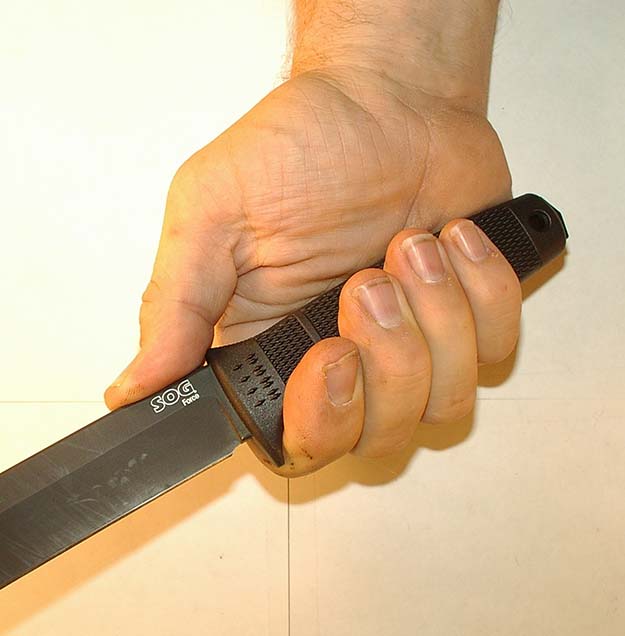
Considering a SOG Force fixed blade knife?
Want to know more about it before you buy?
Check out our review below.
Product Review – SOG Force Fixed Blade Knife
A knife is one of the more important pieces of equipment you can have with you in a survival situation.
As such, a good, survival-appropriate, fixed-blade knife is your best choice for inclusion in a survival kit or BOB (Bug Out Bag) or equivalent, and/or to be strapped on when an emergency is likely.
In this article, we will consider another contender for “Best Survival Knife”.
As mentioned in previous articles, there are two classes of fixed blade knives that can be appropriate for survival scenarios, the “bush” (medium) knife and the “field” (large) knife. This knife belongs to the bush class.
Why did I consider this knife?
SOG is one of my favorite knife brands, although up to now I have been more interested in their fighting knives.
They were started in 1986 by designer Spencer Frazer, with the initial goal of reproducing the combat knife carried by the MAC-V (Military Assistance Command – Viet Nam) SOG teams during the Viet Nam War.
SOG was officially “Studies and Observation Group”; typical government misdirection. Sounds harmless, right? Why would they have required a special combat knife?
Let us just say that they were rather more active than the name implies; more often they were known as the “Special Operations Group”.
In any case, Spenser’s company succeeded in their initial goal, and quickly branched out into a wide range of high-tech knives and other useful items. Although the combat heritage is still highly visible in many of their models, they do offer some models which seem to meet our survival knife criteria.
The first one I found a deal on was the Force, their biggest knife which can still be considered a bush knife.
Initial impressions
It is advertised as a “Clip Point”, but really is drop point. I’ve seen some which are partially serrated, but the site does not list that as a current option. It does have a false edge, but it is so slight that it can be considered a plus rather than a minus. It is hollow ground, which can mean improved sharpness, but also may lead to a bit less durability.
For a knife with a 6″ blade, 1/4″ thick, this is astonishingly nimble. As with my other SOG knives, it is well put together, attractive and nice to hold.
The blade coating is smooth and slick, so should not have any impact on slicing, although it is not necessary for rust protection. This is probably a result of their military heritage, intending that no light is reflected from the blade to “give you away”.
There is one quirk that is not optimal in my opinion: the jimping is strangely located. There is a slight thumb ramp molded into the grip, with only slight ribbing for slip resistance.
If you try to put your finger a bit further forward, the end of the thumb ramp digs into your thumb. You can put your thumb past the ramp on the jimping, which is actually pretty useful for some tasks but cannot be considered either a saber or a Filipino grip, being halfway between them.
I would prefer either to do without the thumb ramp and extend the jimping a half inch rearward or to have much more traction on the thumb ramp and the jimping to be extended forward an inch.
Part of the reason this knife is so nimble is the lightweight handle material, the slightly narrower blade, and probably the reduced blade mass due to the hollow grind.
The grip has good checkering on the sides, but fairly ineffectual ridges on the top and bottom. The bottom of the grip is mildly scalloped with finger notches.
All in all, fairly slip-resistant with the hand dry, wet, or with vegetable oil. The grip is comfortable and secures in all standard grips, except the saber, which is comfortable if you keep your thumb on the thumb ramp, but not as secure as I would like.
- The edges of the spine are fairly sharp; with the smooth coating, it is hopeful they will be useful.
- The blade coating is aesthetically pleasing and does not reflect light.
- The lanyard hole is nicely sized, and the edges seem to have only a very slight rounding, so check your lanyard for wear every so often. If it turns out to be a problem, the edges are in the grip material, so may be able to be chamfered a bit more.
- The end of the tang is exposed and pointed, so it should serve in non-lethal combat, and act as a glass breaker.
- Balance is right behind the guard, which is optimal for many uses, with the likely exception of chopping. Of course, the hollow ground blade may also affect its chopping ability.
- The sheath, like the knife, appears to be mostly superior with a few quirks; it should be at least adequate for most uses. Retention seems to be adequate.
- Based on history, specs, and appearances, I have high hopes for this knife.
The Steel
AUS-8 is a commonly used mid-range stainless steel that takes a very good edge and has pretty good corrosion resistance. It is a Japanese product roughly equivalent to an American-made 440B. Usually, it is tougher and easier to sharpen than some other stainless steel. Some people find it loses its edge quickly; others say it holds an edge as well as any stainless blade; perhaps it depends on the tempering process. Like most stainless steels, it can be a bit brittle.
The knife takes a decent edge, although not as easily as a good carbon steel. Several strokes of my Smith’s Pocket Pal got it almost razor sharp (cut a few hairs) and easily sliced paper and a tomato. After fifty slices through cardboard, it did not suffer any significant ability to slice tomatoes and paper.
To summarize, it appears that the steel has high rust resistance, fairly high strength, good edge capability, moderate ease of sharpening, some resistance to chipping and moderate or better edge holding capability.
Evaluation
General tasks
- Cutting cord. This is often necessary during construction of shelter, fishing, sewing and making snares and traps, as well as other times. As the most commonly available to survivalists, I tried fish line and paracord, as well as 3/8″ Manila and 3/4″ Sisal, just because fish line and paracord would seem to be trivial for any knife worth having. Cutting the fish line was no problem, as was cutting paracord under tension. Cutting the paracord while it was laying on a flat surface was a bit more difficult than I’m used to. The knife also had more trouble than other knives with the Manila. As for Sisal, it did the job with a lot of effort; not the worst knife I’ve tried it with, but near to it.
- Making notches in branches. This could be required for shelter construction and making snares or traps, as well as other times. This did rather well at this. It seemed to cut with the grain nicely, and although not a great chopper, it was able to make the perpendicular stop cut adequately.
- Trimming/Sharpening/smoothing branches. This would be for shelter construction, as well as making arrows, spears, stakes, walking sticks and even bows. The knife did a pretty good job at all of these.
- Pounding in stakes. This could be required for making shelters, snares and traps. This knife is not set up to perform this function.
Firemaking
- Use with a magnesium bar or ferrocerium rod is fine using the edge of the spine; it shaves and sparks well, but it does mark up the blade coating.
- One way of making tinder is to use the spine to scrape the lining from bark; this knife has a spine sharp enough to do a fair job. As for making a “feather stick”, this does a the best job of this of all the knives I’ve tried to date.
- Drilling a hole (for a fire drill) was pretty easy; the tip does not appear to be at high risk of breaking during reasonable use. Watch out for “unreasonable” use, as stainless is more brittle than carbon steel.
- Batoning for access to tinder or making kindling from logs worked pretty well. The hollow grind made it easier than usual to start, and did not seem excessively weak. There were marks in the blade coating after this test, but they could mostly be scrubbed off.
Food Gathering/Preparation
- Use as a throwing knife. A word to the wise, don’t. If you throw your knife, you may not get it back, or it can be damaged, particularly if it is made of stainless steel which is a bit brittle. I did not try throwing this, as the cost was too high to dare risking chipping or breaking it.
- Use as a spear. Turning your knife into a spear gives you additional reach, but throwing a spear made of a stainless steel knife is more susceptible to damage than is acceptable. Besides, the grip cannot be removed, so this will need to be lashed “to” the shaft, meaning it will be well off center and not throw well anyway.
- This chops veggies pretty well and the blade shape should be pretty good for skinning and butchering, although possibly a bit long for ultimate convenience. With the hollow ground blade, it should be adequate for filleting despite the blade thickness.
- Digging for grubs and bait. It is hard to imagine anything which can dull or damage a knife quicker than digging with it, and stainless is at risk of chipping if it hits a rock, so I don’t recommend using this knife for digging.
Chopping
- Sticks or fronds. For shelter and other construction, splints and firewood. The hollow ground, stainless blade was a durability concern, but chopping did not cause any visible damage.
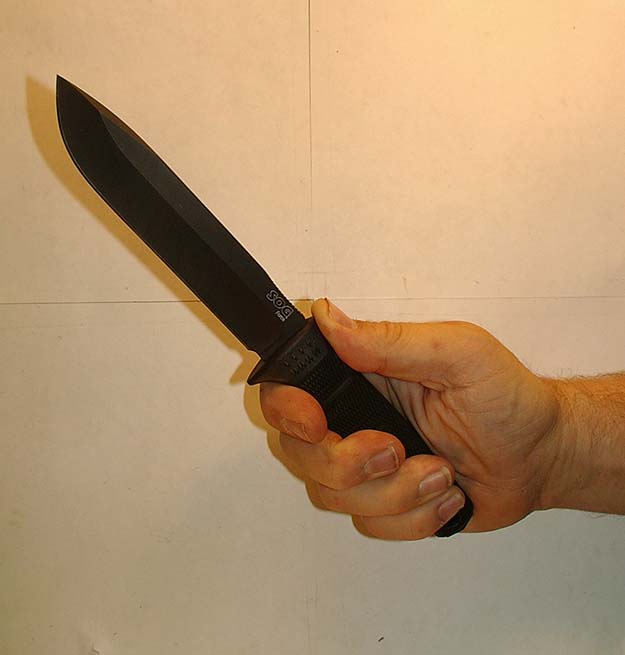
- It was not a very good chopper; taking many strokes to get through a half inch branch. It does not have the weight over the cutting point needed to chop well. However, it was satisfactory for a bush knife.
Defense
- The blade length is good but a bit short to be exceptional at defense, and its nimbleness and cross section is actually pretty good. Unfortunately, the built-in half guard provides essentially no protection for your hand from your opponent, and fair protection from your hand slipping onto the blade. This is actually closer to a fighting knife than many bush knives.
- The styles which would most benefit from this knife would be those utilizing the sideways grip and the reverse grip with your thumb over the pommel. Styles using the hammer or saber grips will be less effective, as the hand could possibly slip onto the blade using these grips when stabbing. The end of the tang has a “skull-cracker” point which is a plus. Pretty much the only grip which will allow effective use of this feature is the “hammer” grip.
Sheath
- The sheath version is a pretty good example of the nylon/polyester type. Unlike many, the nylon is stiffened. The grip strap is closed with Velcro, which is easy to use, but not the most secure. The belt loop is sewn in and is very stiff, but you will need to thread it onto your belt. On the back is a full length Molle connection strap, and there are two eyelets along the top edge for additional lashing possibilities. The blade guard appears to be durable enough and well contained. It appears to be not fitted, but does have a bit of a friction fit. This means there is little or no rattle, but it is possible that some wear to the coating could occur. It does fit in backwards with a bit more friction, meaning a left hand carry is possible, but probably not optimal. There is a small pouch on the front, with a flap, but the flap sticks up an inch over the top of the pouch; with its Velcro fastener, it can probably be adjusted to secure most contents. There is a pair of eyelets at the bottom for a length of thong or paracord to tie around the leg if sheath flop is a problem.
Accessories
It appears no accessories are available.
Price and Availability
The list price of the Force at this point in time is $180.00. You can generally find it on eBay for $95 and up.
It is listed as being in stock at the company, and there are few people selling it on eBay, as Buy It Now. Alternatively, Amazon has it for a reasonable price, although tax may be added.
Conclusions
I like this knife a lot, but it does not really stand out as exceptional for either of the two situations I’m looking at. Although it could serve fairly well as one’s only knife, I see it as a bit light duty to be optimal. And it is a bit big to be the most useful second knife in a two knife set.
It is better for combat than other bush knives I’ve tried, so a case where I might choose it would be as part of a set, where my field knife was inappropriate for combat and the environment called for stainless.
A better guard and/or better slip resistance on the top and bottom of the grip could improve it’s suitability for combat. I was not thrilled with the location of the jimping, but after using the knife, I found the position quite useful.
The coating does not serve any real survival purpose except unobtrusiveness, yet seems to be easily marked up. The marks mostly wipe off with scrubbing, and any remaining marks are not really obtrusive.
The hollow grind is helpful for slicing tasks and reduces the “clumsiness” of the thick blade, but restricts the knife’s abilities to perform high stress (potentially damaging) tasks.
All in all, it is a useful example of a stainless steel knife, but in my opinion, it does not match or exceed the best carbon steel knives I’ve tried so far. So far, it seems carbon steel is a better choice except near salt water.
Stay tuned for future reviews of stainless steel knives applying for survival knife positions (and more carbon steel knives as well).
Want to know more? Check out these related articles:
INFOGRAPHIC: The Complete Guide to Knife Blades
Survival Knife Review: Benchmade 140 Nimravus Fixed Blade Knife
Best Survival Knives: Ka-Bar BK&T Becker BK-2 (BK-22) “Companion” Fixed Blade Knife
Follow us on Facebook, Instagram, Twitter, Pinterest, and Tumblr!
**Disclaimer: All content on this site is for informational purposes only. Please read our full disclaimer here**
Editor’s Note: This post was originally published on September 18, 2015, and has been updated for quality and relevancy.
-

 Do It Yourself7 months ago
Do It Yourself7 months agoParacord Projects | 36 Cool Paracord Ideas For Your Paracord Survival Projects
-

 Do It Yourself9 months ago
Do It Yourself9 months agoHow To Make Paracord Survival Bracelets | DIY Survival Prepping
-

 Do It Yourself9 months ago
Do It Yourself9 months ago21 Home Remedies For Toothache Pain Relief
-

 Do It Yourself10 months ago
Do It Yourself10 months agoSurvival DIY: How To Melt Aluminum Cans For Casting
-

 Exports8 months ago
Exports8 months agoAre Switchblades Legal? Knife Laws By State

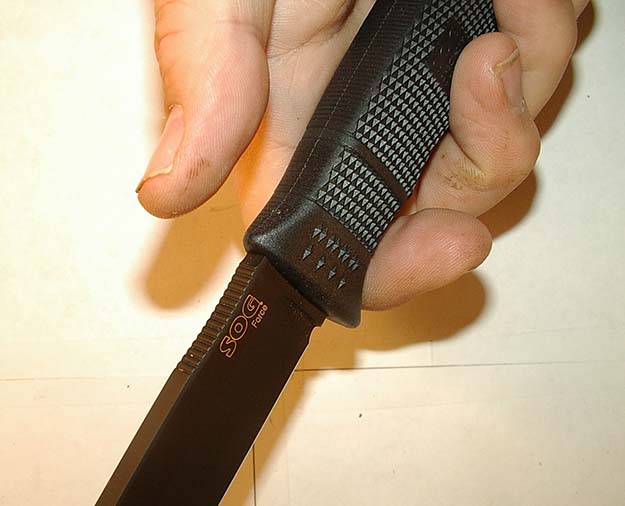
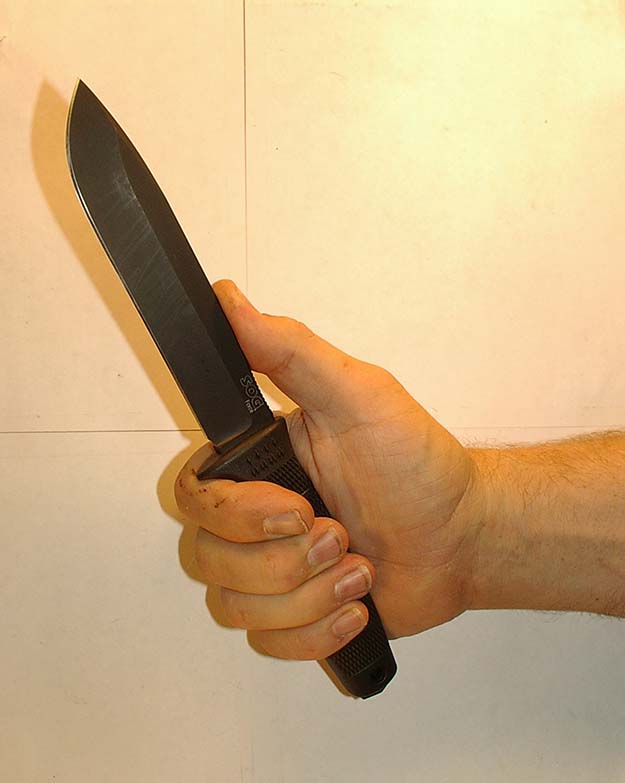
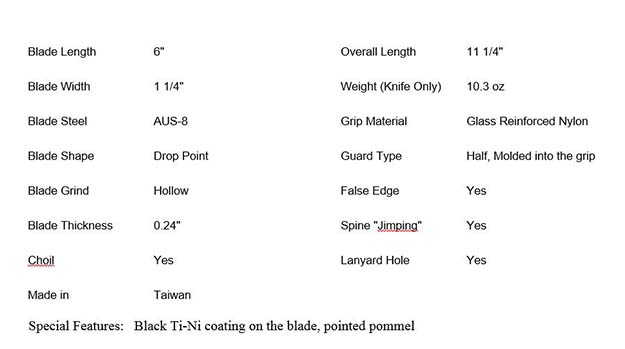
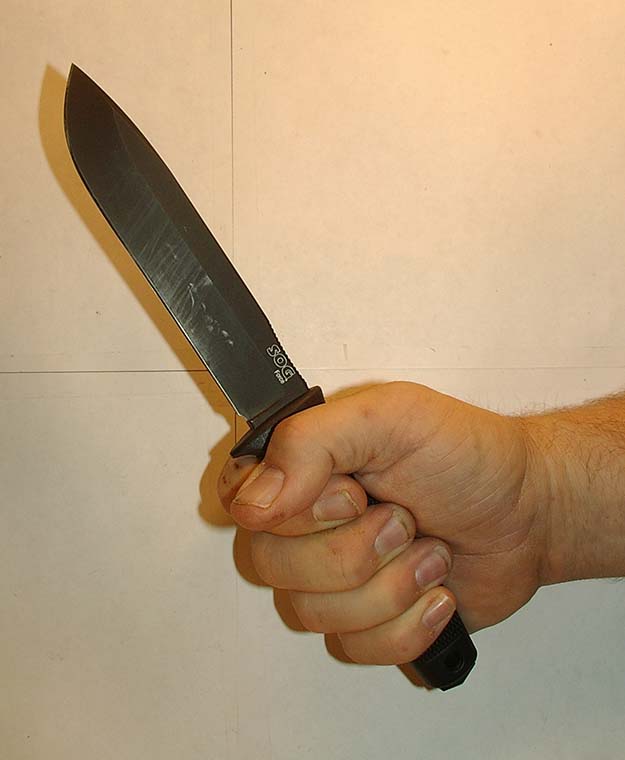
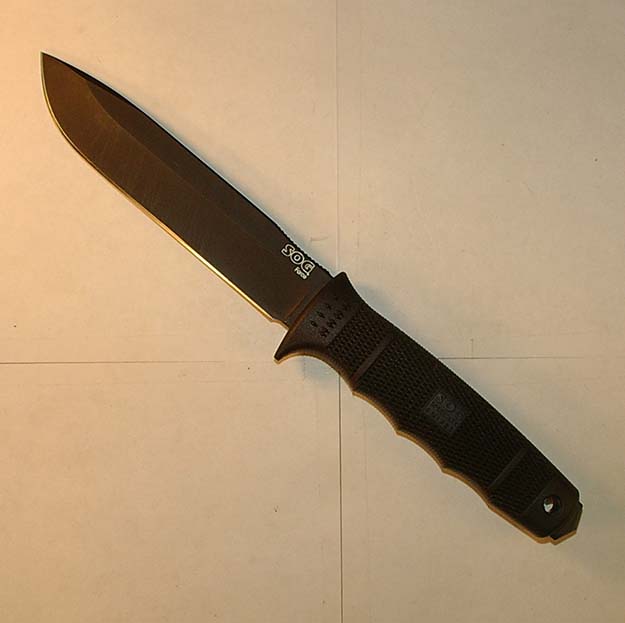
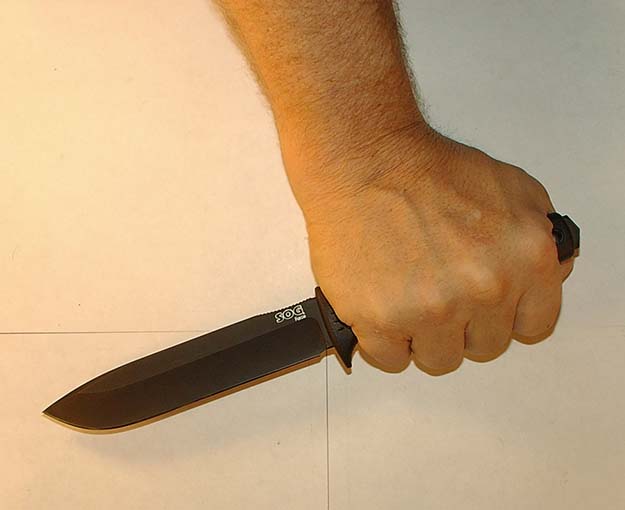
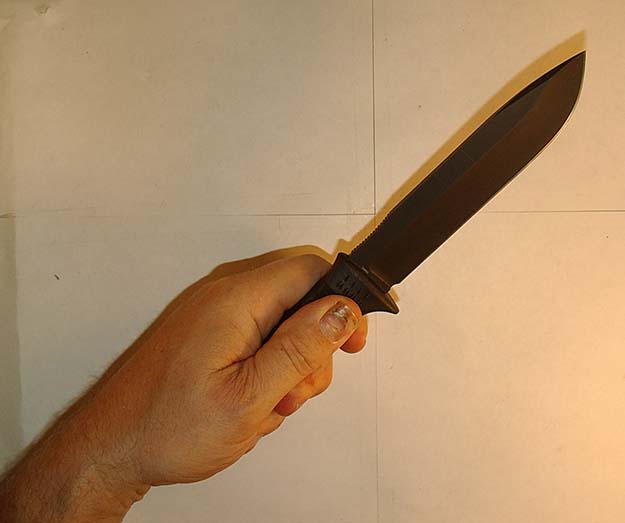
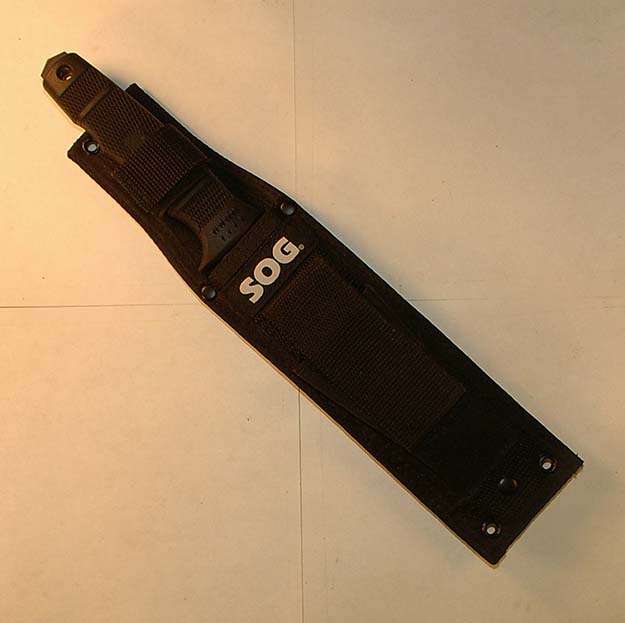
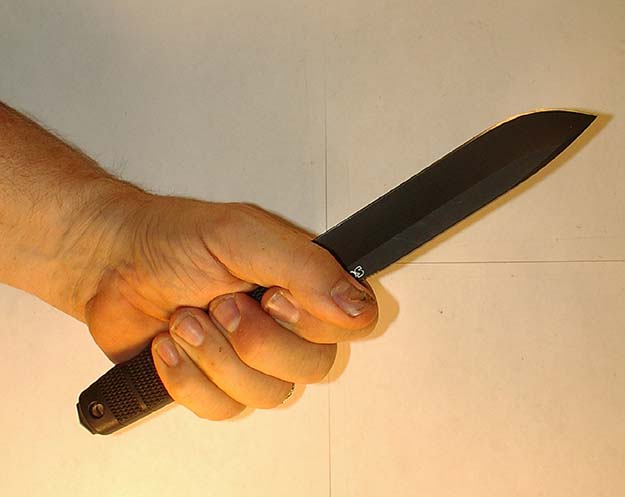
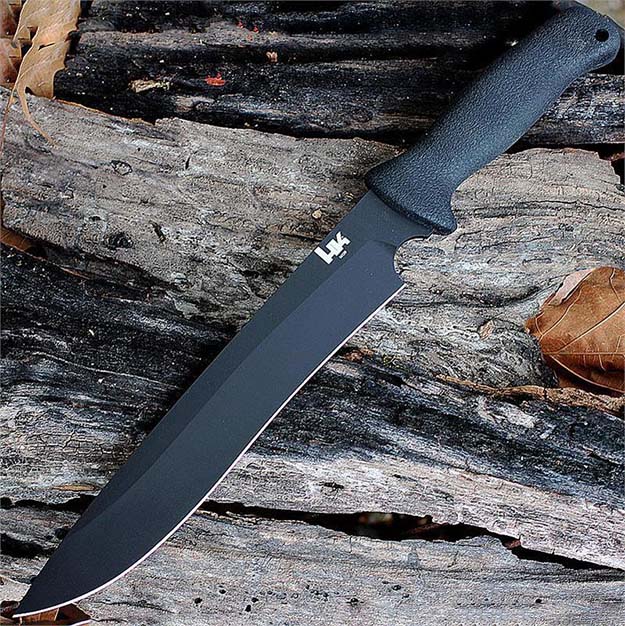
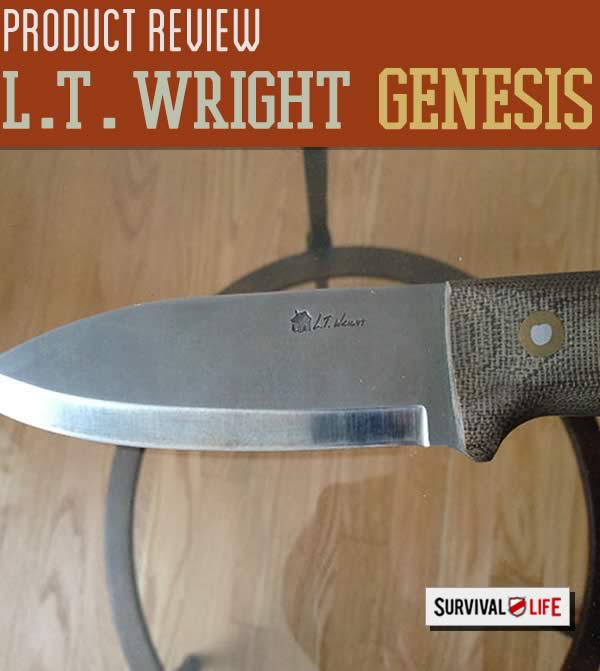
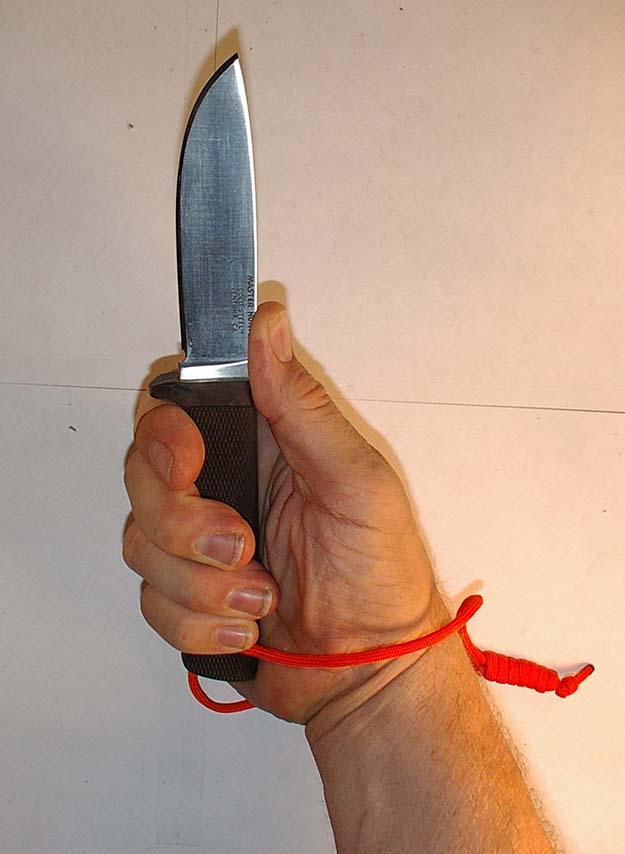
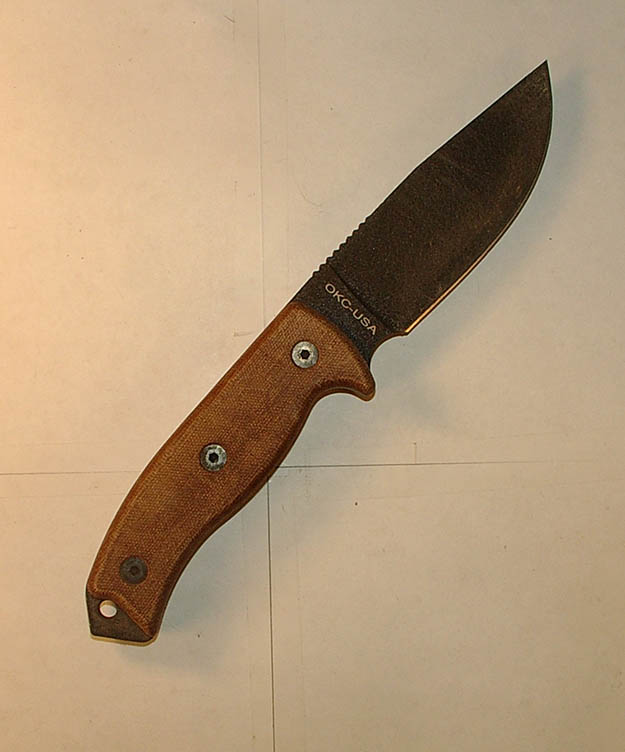
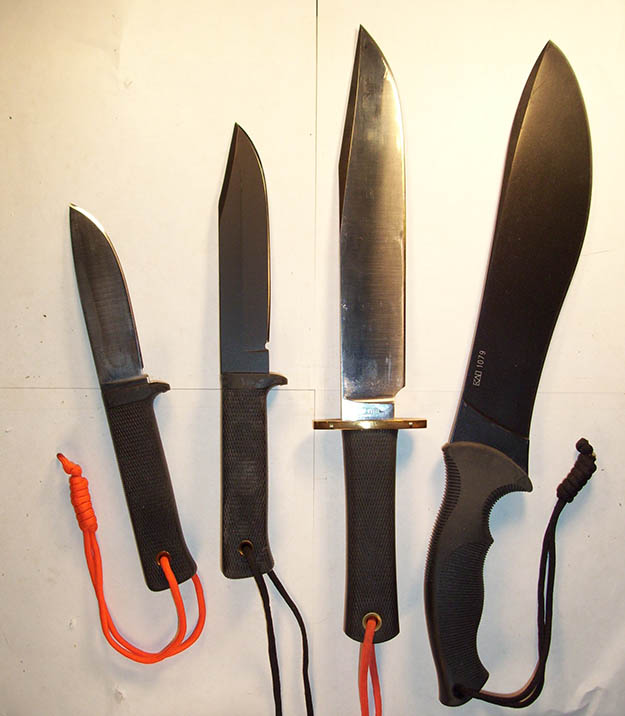
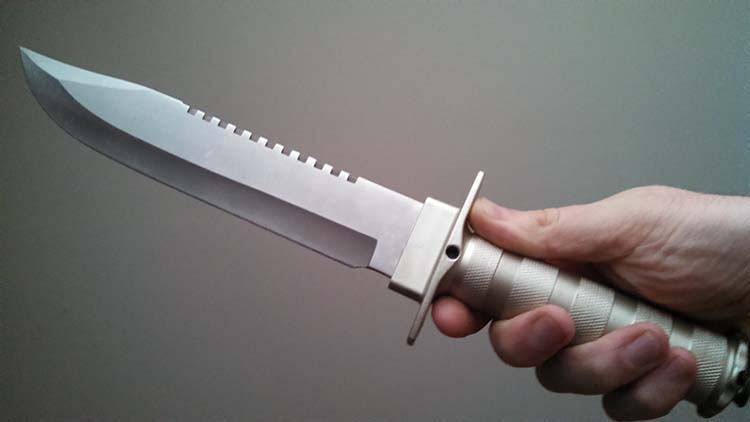

Pingback: 7 Fixed Blade Knives That Will Never Fail You | Survival Life